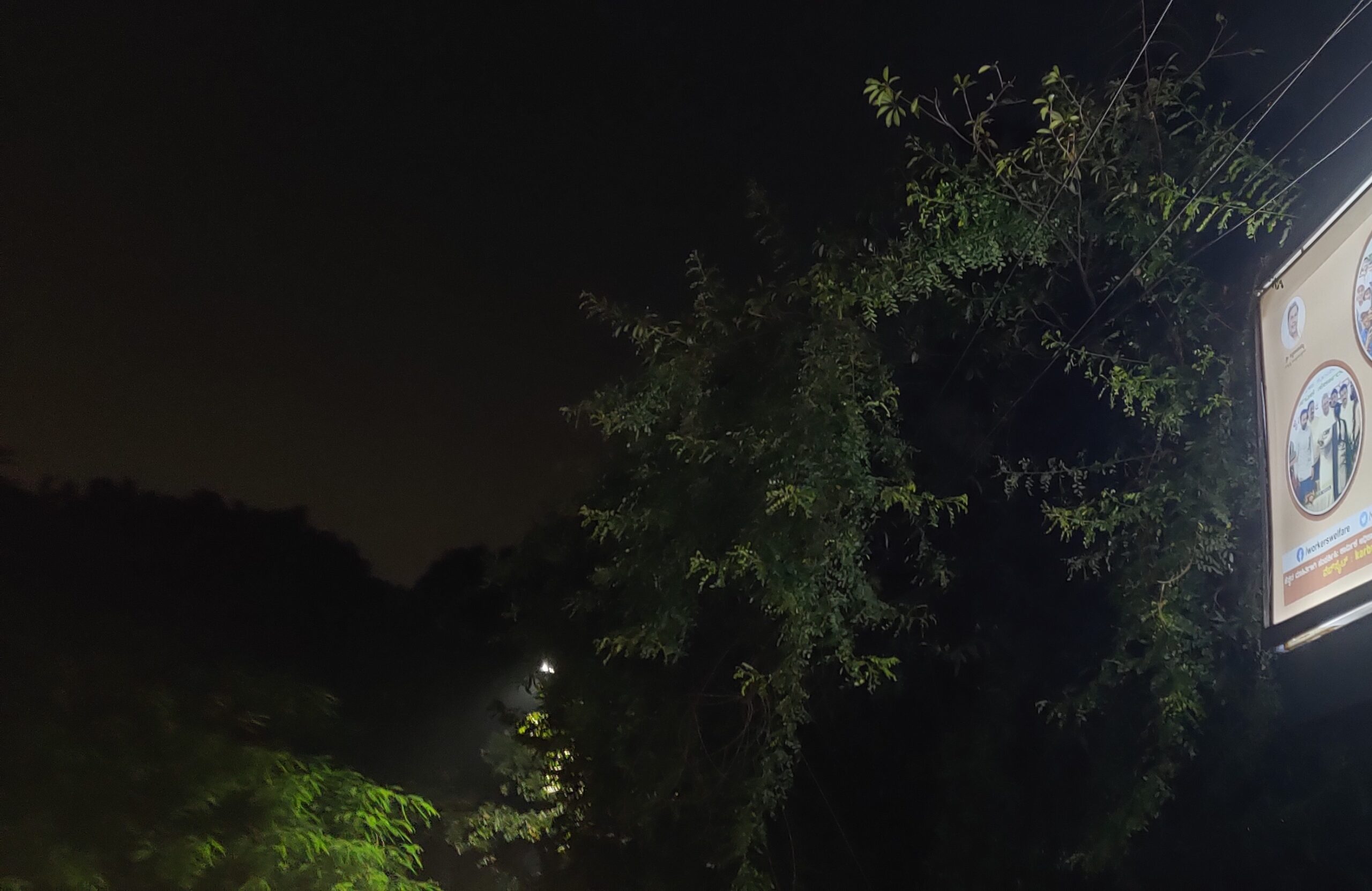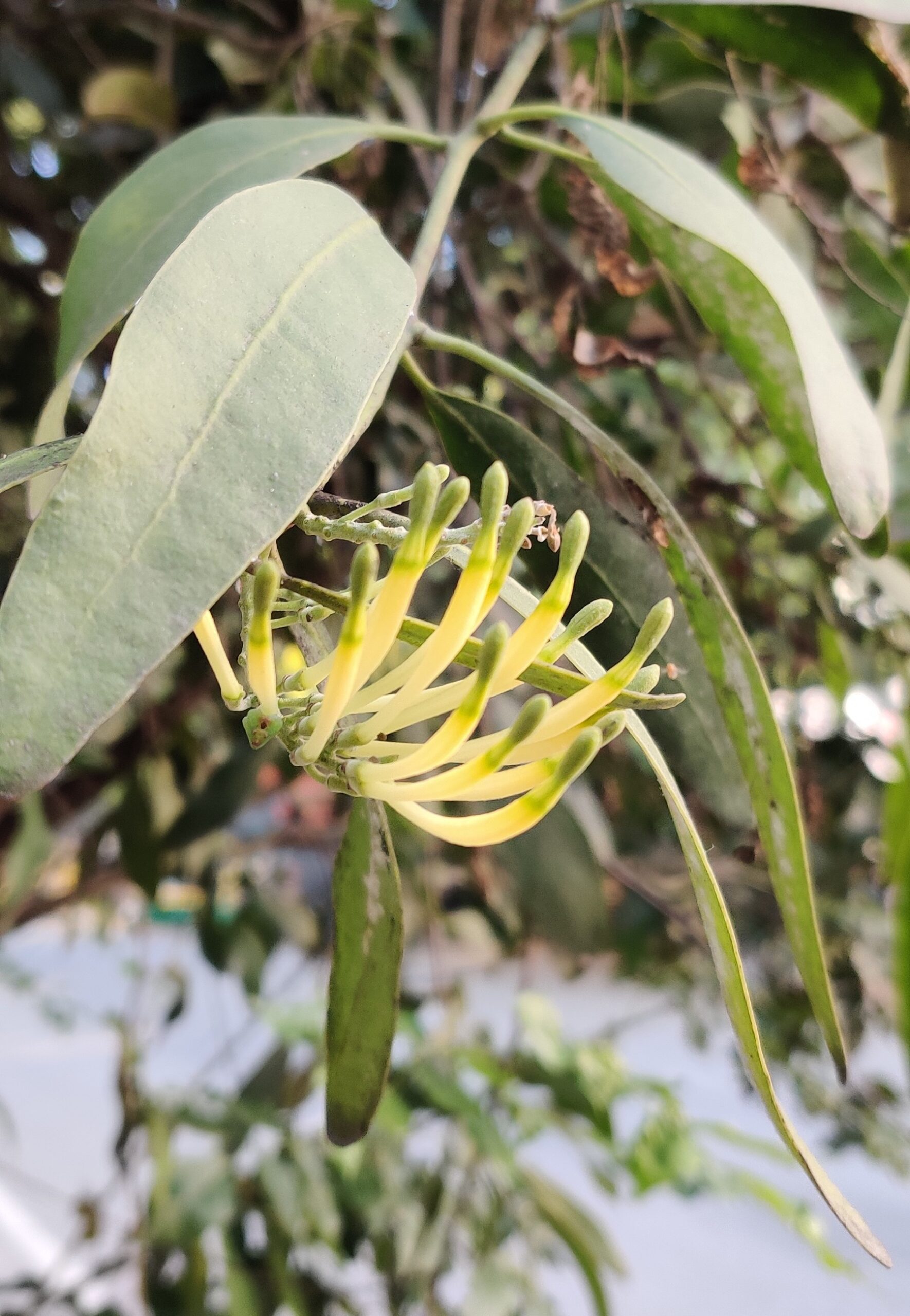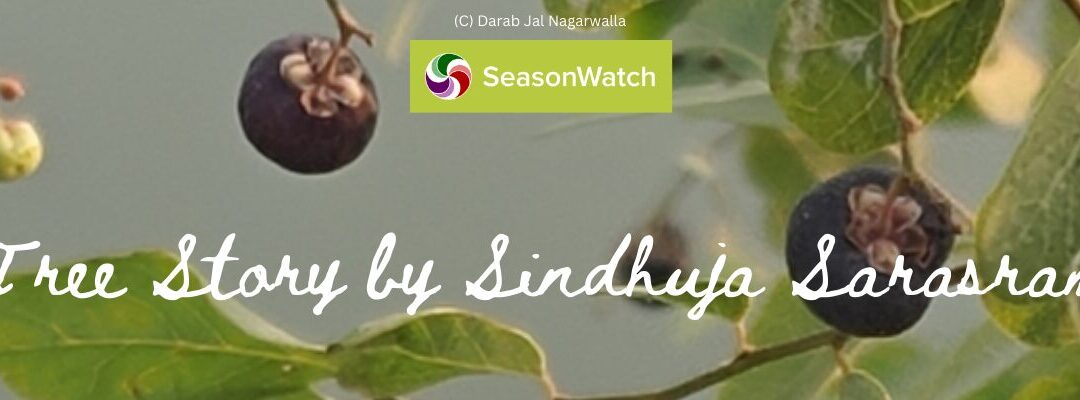The end of a year, or the beginning of another, calls for some reflections on times past and those to look forward to. While ‘new’ means hopes and resolutions, wading through the rest of the worn-out year and the unaccomplished can be taxing, which stands to show why we pack so much meaning into January like its fresh and promising start to make ‘new’ mistakes, far removed and dissociated from the reality of the past year. While I have accepted that my moods swing much like the phenology of trees (annually and diurnally), a few weeks ago, a plant reminded me that one doesn’t have to read each year as isolated losses and gains… as, after an entire year of wonder and waiting, I was able to identify this plant from my neighbourhood.
Seasons, and our socio-cultural associations with them, have a lot of bearing on us. As for me, I don’t love the latter half of the year all that much and mental health takes a deep dive with noisy festivities, pollution, and all other accompaniments.
In the midst of all this dullness, I find that the contrastingly pleasant winters in Bangalore (December-January and the months leading up to) allow me to comfortably walk back the entire last mile from the daily metro commute, homewards.
Last winter while on my commute, I found this musky scent (yet not-quite-sweet like most flowers, nor fruity) hitting my senses in a poorly-lit part of a street I usually traverse.
Now, I’ve always known that stretch to have a line of Chikoo trees and other usual avenue trees and this strange but distinct fragrance really made me curious. I was unable to spot it in daylight, but one fine evening last year, (nocturnal flowering, and consequently, intensely fragrant in the dark) I put to use my nostrils like our furry friends and found the source.

Figure 1: The foliage of the plant cascading in the only light of a bus stop
But the confusing leaves and tiny flowers led to no successful identification, but I thought it must be a hemi-epiphyte, like the Dendropthoe falcata growing on the same group of trees. Time passed and spring-summer came, I forgot about mysterious plants and focused on not sweating. I moved by bus, except for the occasional walk that, disappointingly, didn’t have the noticeable perfume.

Figure 2: Dendropthoe falcata from the same mass of vegetation
Now again choosing to walk, this time when I passed by that same fragrance, I was determined to find it and mentally noted anthropogenic markers. One fine morning in mid-November, I reached there with my cues and identified it- except, in the daylight, it was found to be flourishing with fruits as well. It also turned out to be a large straggling shrub with large woody branches a la Medusa’s tresses!
Ohhh, the joy!

Figure 3: Phyllanthus reticulatus. Left: flowers as only closed buds in daylight. Right: Fruits
With these distinct characteristics, I had more than sufficient information to identify the species. And it turned out to be (after all this narrative… I hope you’re as excited as I was, too):
Phyllanthus reticulatus. A species that belongs to the same family as the humble amla. Like the latter, this species also is known to have many medicinal applications. This is less about the plant itself, though I acknowledge that there’s much to know about it, but there were two epiphanies I had through this experience.
One being about paying more attention to our surroundings with other less-used senses, especially when it comes to the natural world and the joys it can bring.
The second was the idea of time and patience for results– I checked off an itch to identify this plant from late 2023, only in late 2024. And if time truly does well by those who wait for phenological cycles, surely there are rewards in the wings for all our other time-accumulated efforts, irrespective of the calendar year.
About the Author: Sindhuja Sarasram is a Landscape architect and nature enthusiast with a keen interest in indigenous plants. She shares her explorations through writing and art on Instagram @albino.orange





